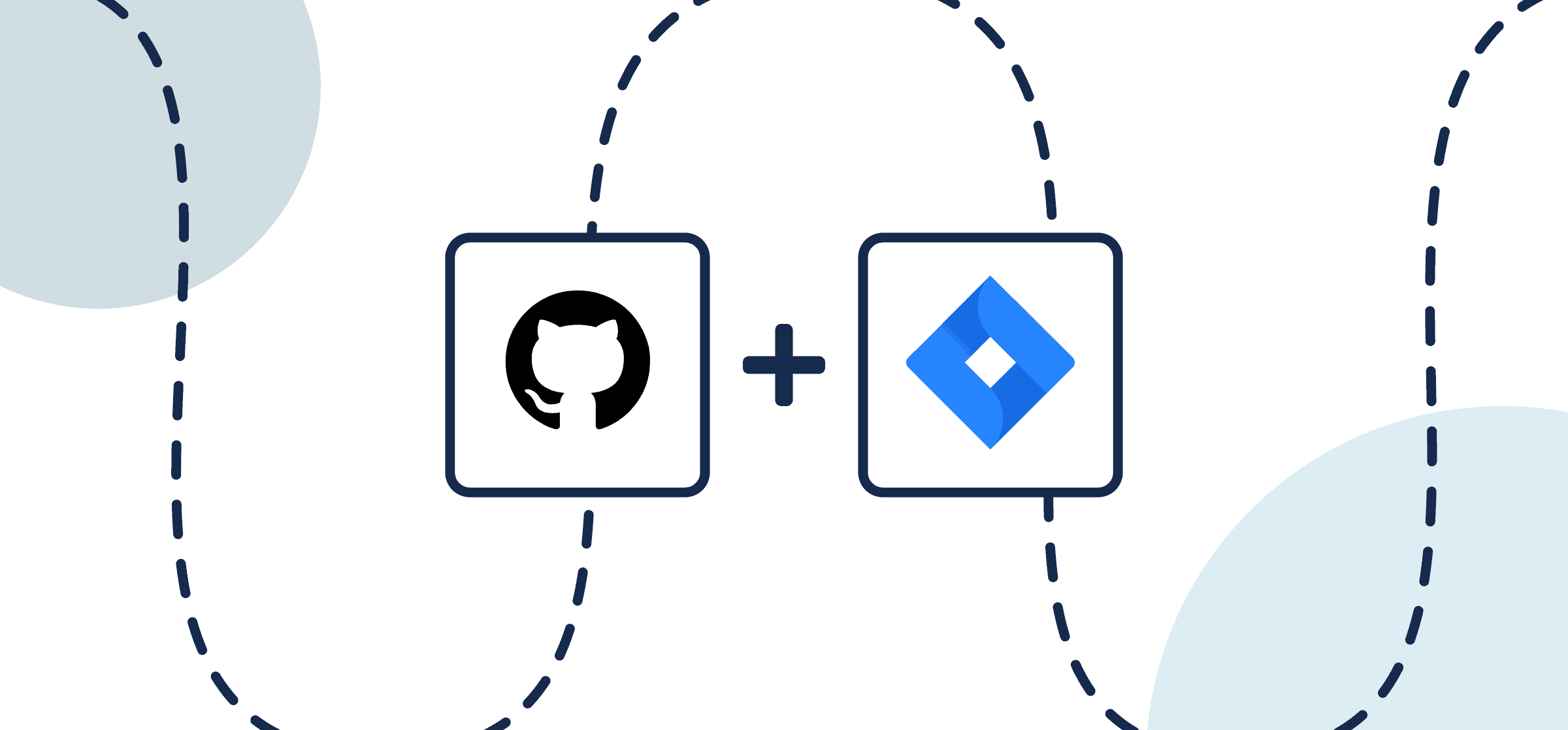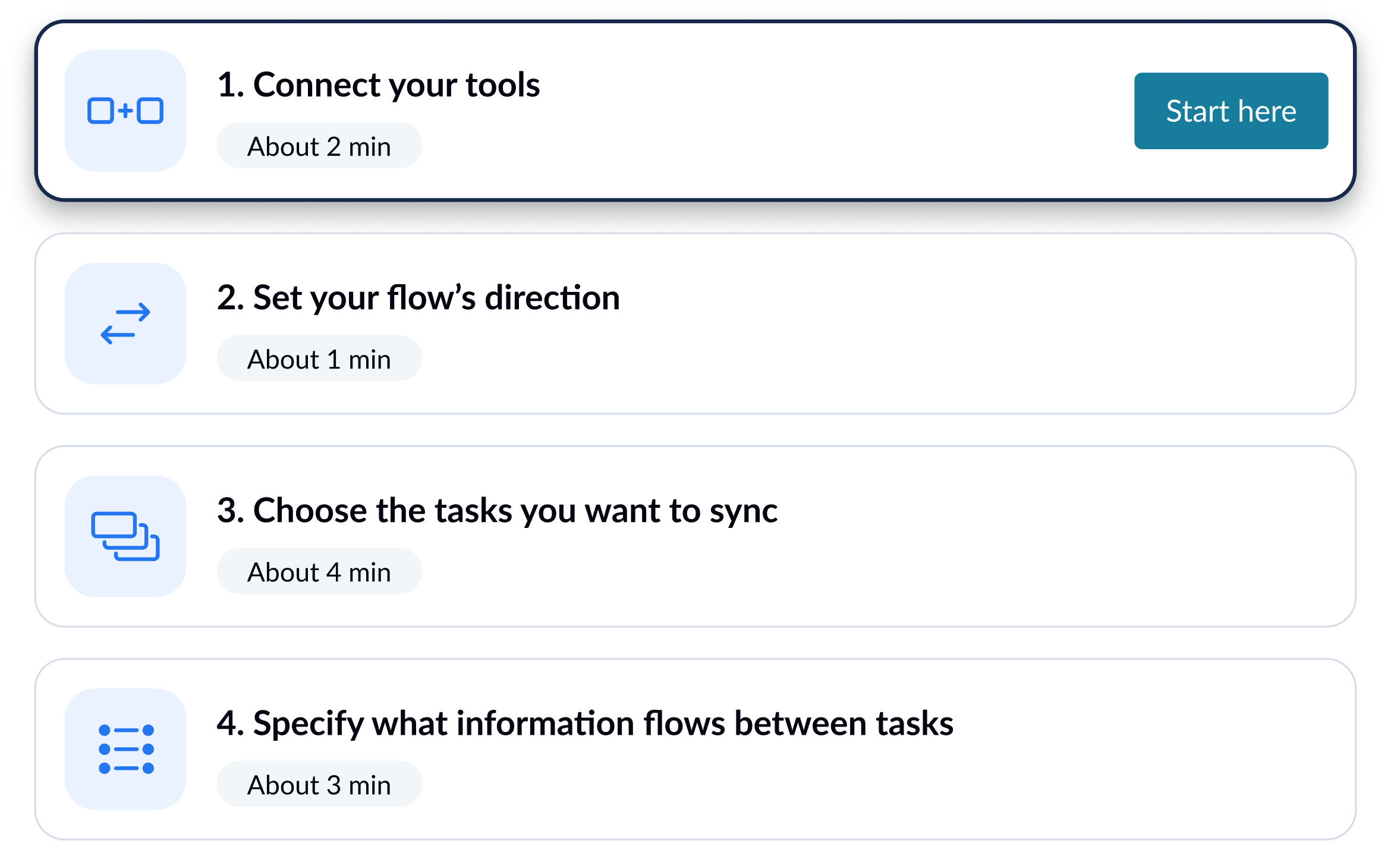How To Integrate GitHub and Jira
Jira GitHub Software Integration
Keep Jira and GitHub Software in sync with Unito
Unito integrations are quick to set up, easy to configure, and require zero code.
Sync Jira and GitHub Software in minutes
How to Set Up a No Code Jira GitHub Integration
This 2-way integration between GitHub and Jira ensures that your work never goes out-of-date. Synced issues stay updated in real-time so GitHub and Jira both operate as a united source of truth.
Integrate Jira + GitHub Software with powerful features
Live sync
Receive new data and updates from your tools in real-time.
Rules
Use flexible rules to determine what gets synced between tools.
Historical data
Choose to sync data going back weeks, months and even years with one click.
2-way
Share data back and forth between tools-without risk of duplicates or an infinite loop.
Field mapping
Link related fields between tools, including comments, assignees, and attachments.
Enterprise security
Unito is SOC 2 Type 2 certified with strict security measures to protect customer data.
Jira and GitHub Software integration details
The Trello Jira integration by Unito seamlessly connects your project management with agile development processes, ensuring that Trello cards and Jira issues are synchronized for optimal collaboration and efficiency. This integration facilitates a harmonious workflow between teams, allowing for real-time updates and ensuring that everyone is aligned on project progress and priorities. It's a game-changer for teams looking to streamline their processes and enhance productivity.
About Jira
Jira Cloud is a powerful cloud-hosted project and issue tracking platform that allows agile teams to plan, oversee, and manage workflows efficiently. Streamline task management with sophisticated customization capabilities via the Atlassian platform.
Learn more about Unito's Jira integrationsAbout GitHub Software
GitHub is a web-based hosting service for software development teams that provides access control as well as various collaboration features such as bug tracking, feature requests, task management, and wikis for every project.
Learn more about Unito's GitHub Software integrations








